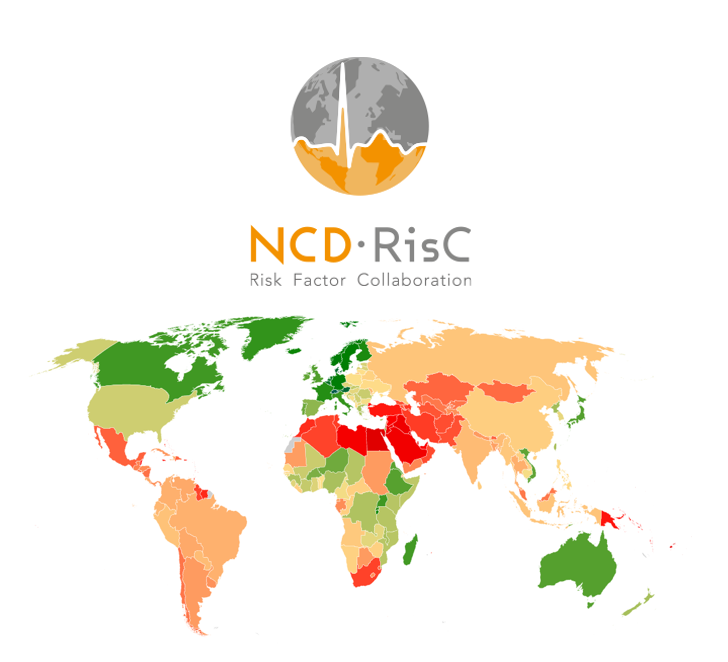Within the past decade, access to antiretroviral therapy (ART) for HIV-1 infection has increased exponentially in low- and middle-income countries. More than six million people were receiving highly active antiretroviral therapy (HAART) in these countries at the end of 2010, as compared to just 400 000 at the end of 2003. However, a major hurdle to sustainable, successful ART is the inevitable emergence of HIV-1 drug resistance. In addition, inadequate resources and health care infrastructure in these regions, as well as the introduction of ART, can create conditions for the accelerated development of HIV-1 resistance to antiretrovirals (ARVs), further compromising the patients’ future treatment options. Hunt et al. (2011) showed that an average of 34% of South African children under the age of 24 months had developed non-nucleoside reverse transcriptase inhibitor (NNRTI) resistance, in particular the Y181C mutation, when they were previously exposed to single dose nevirapine (sdNVP).
Read more here



